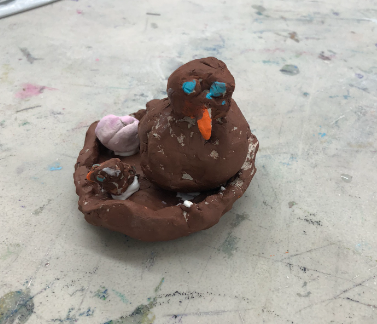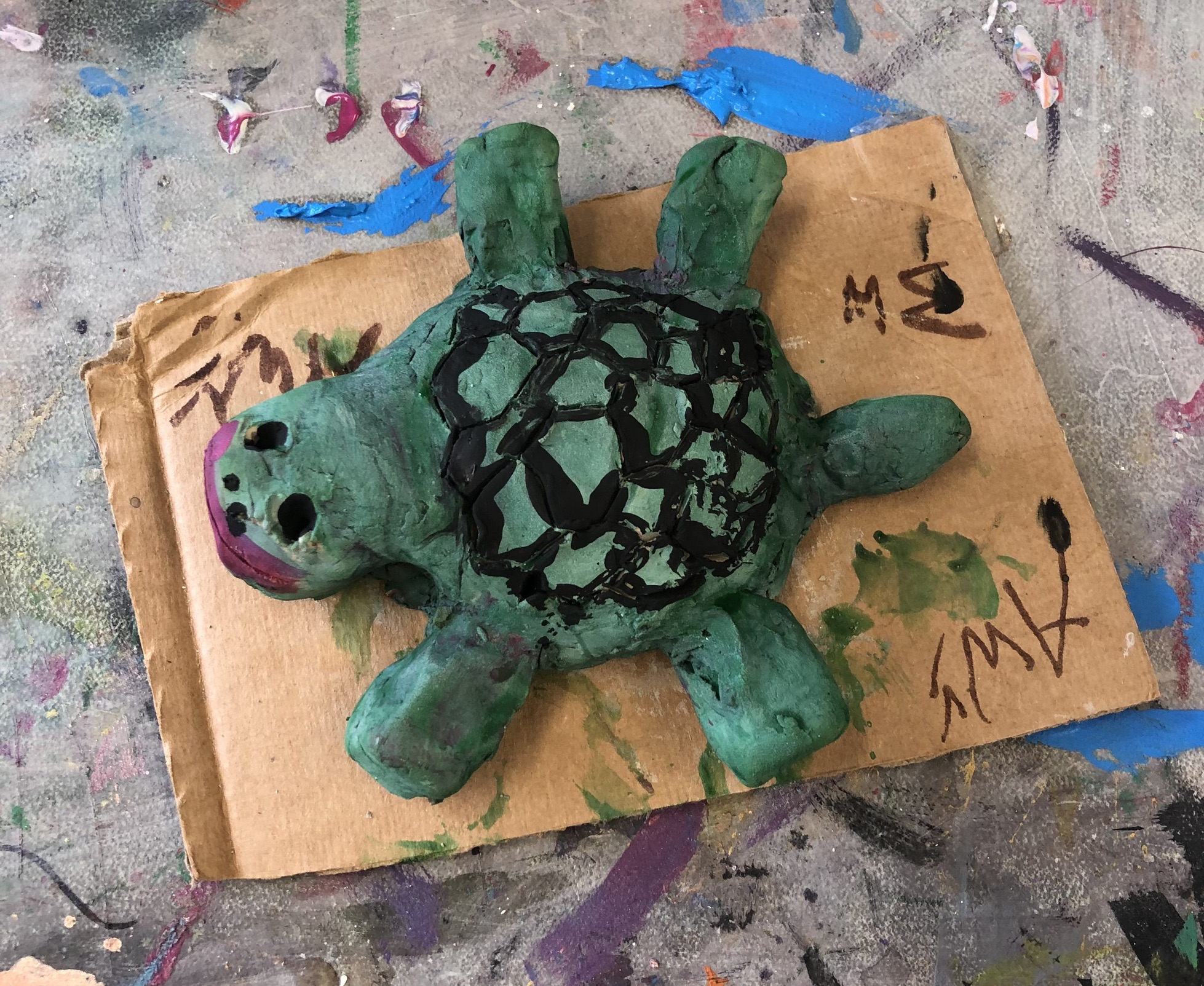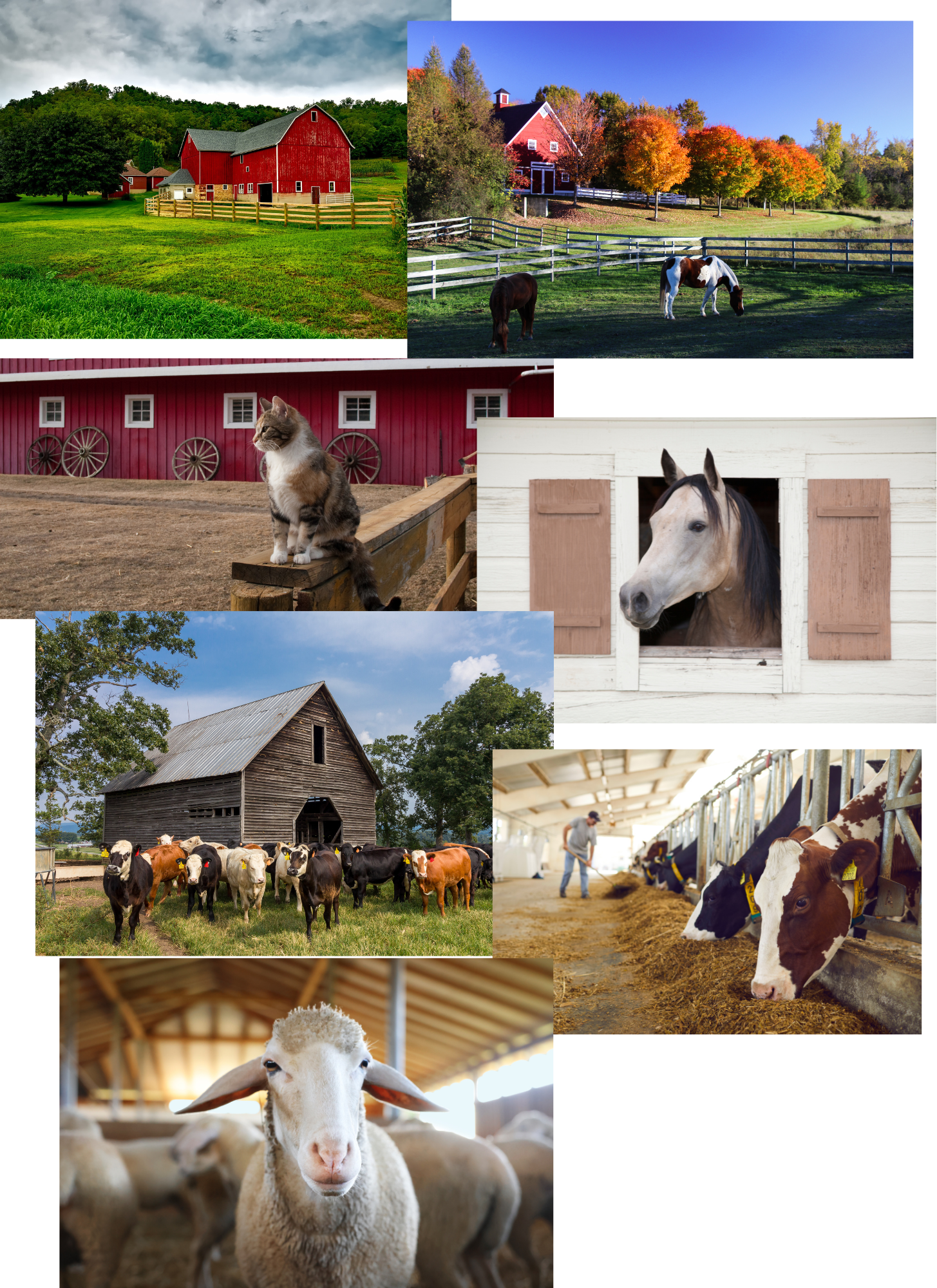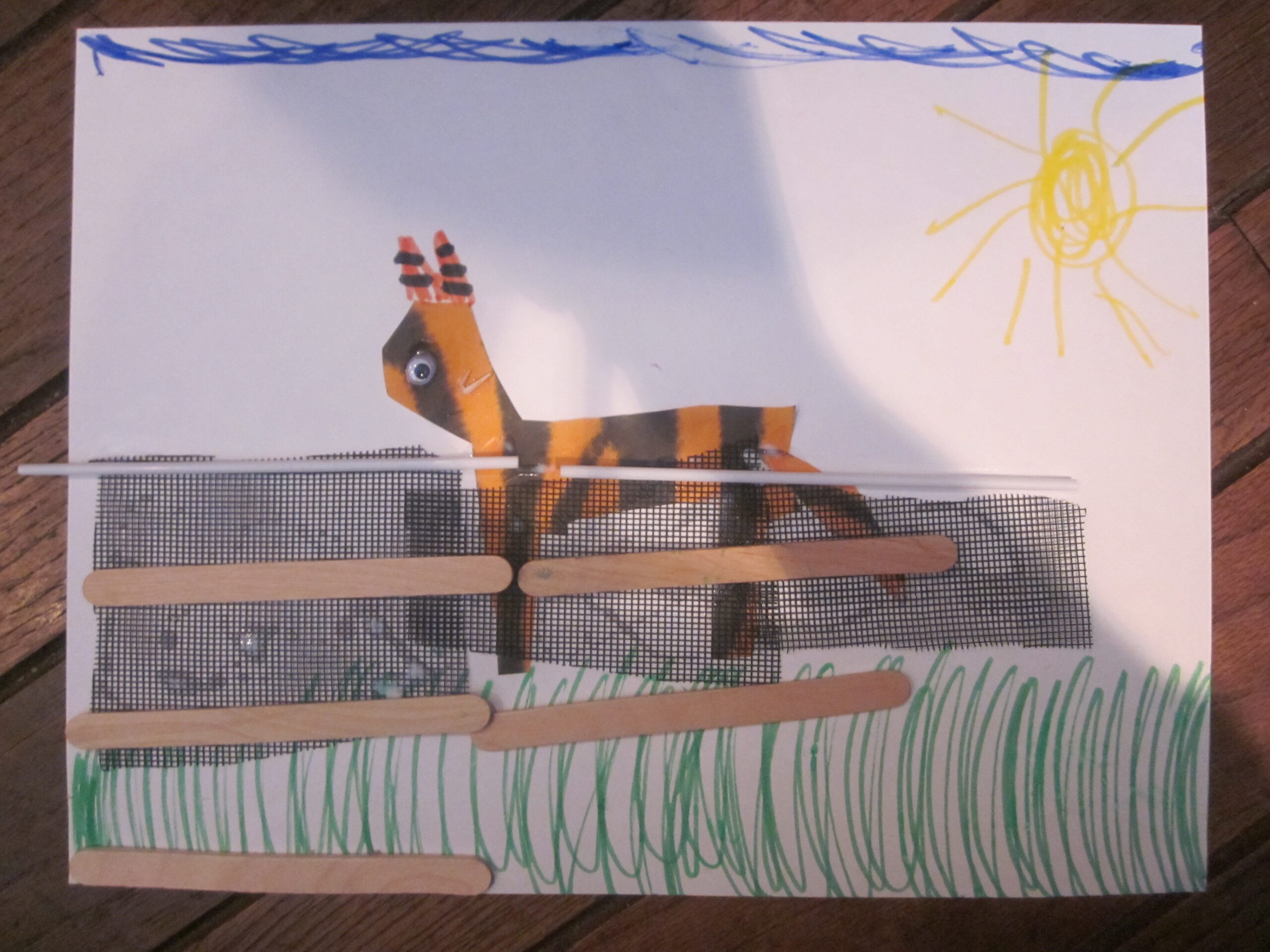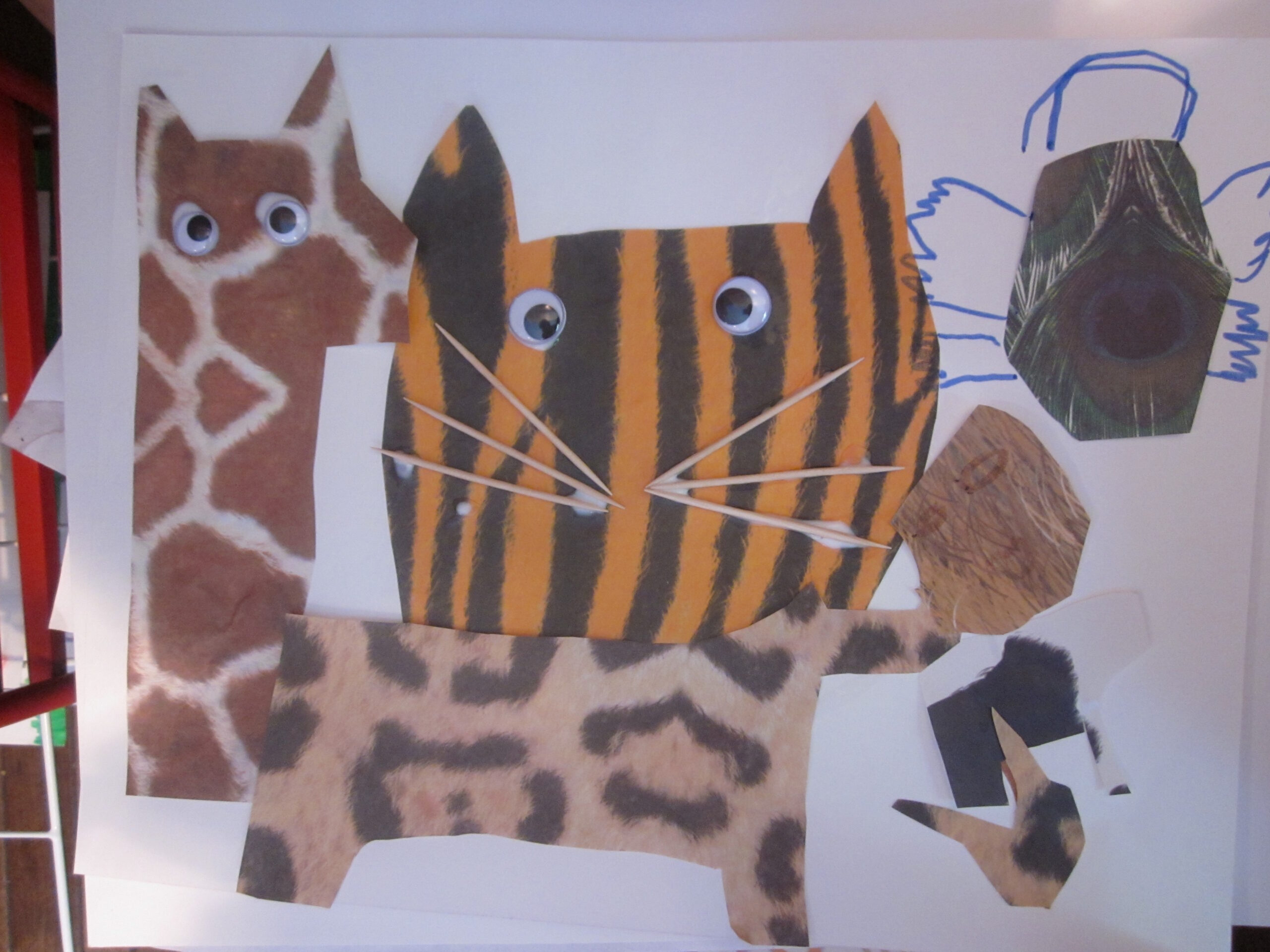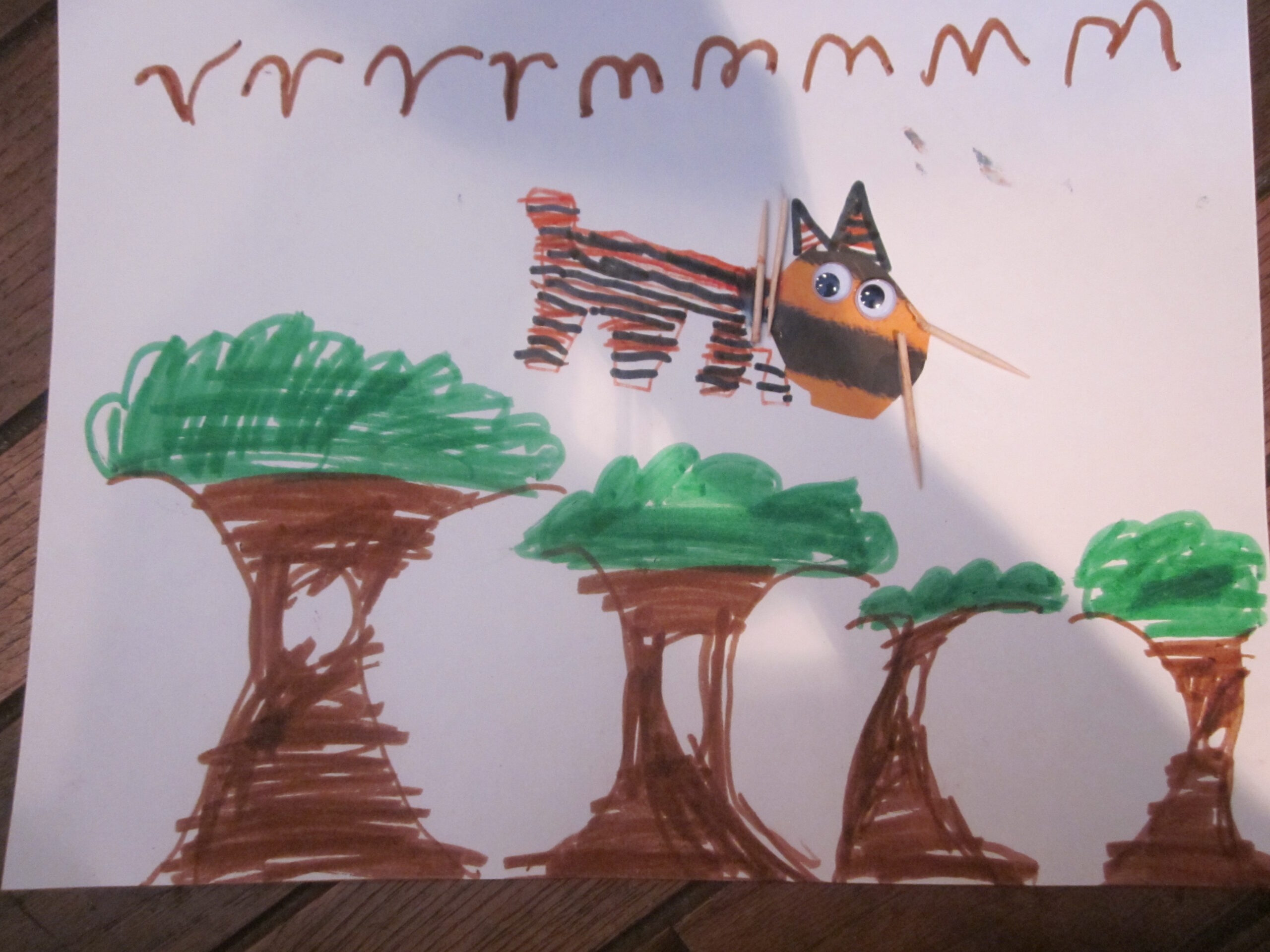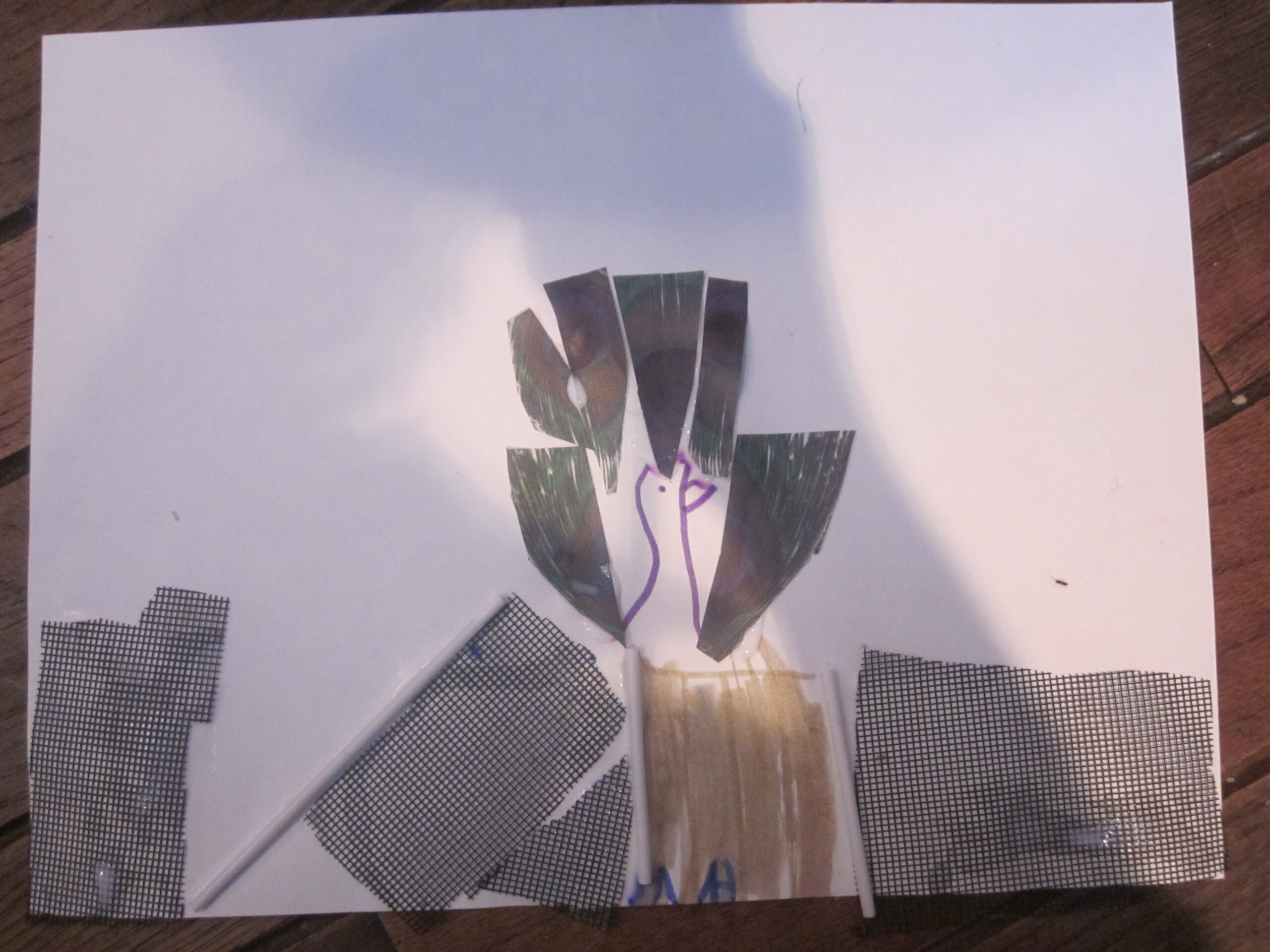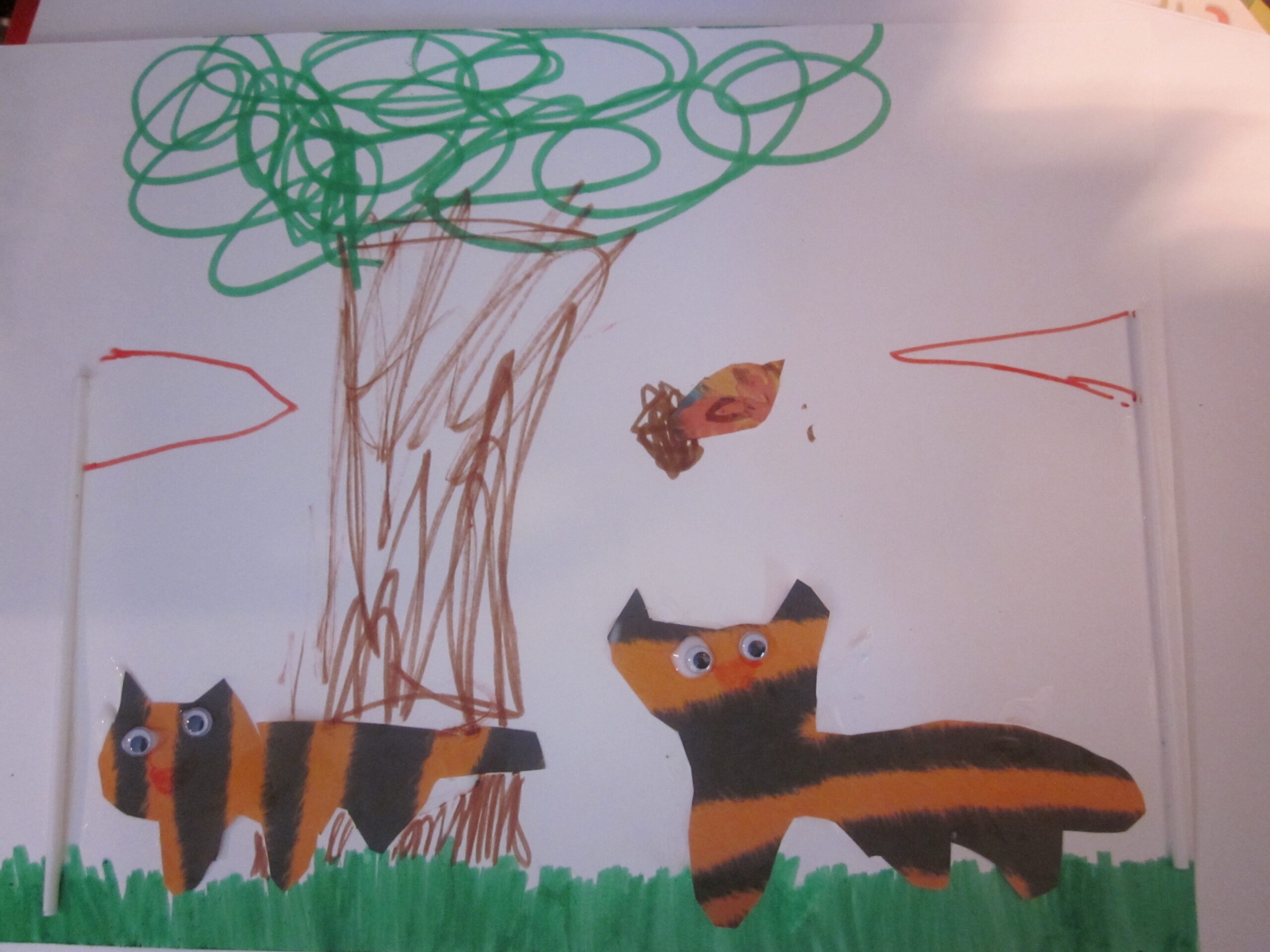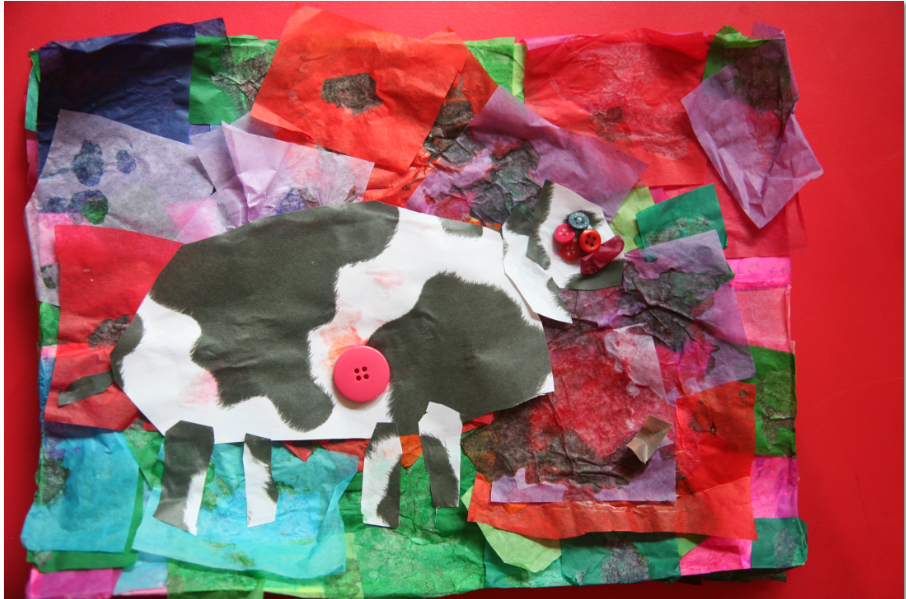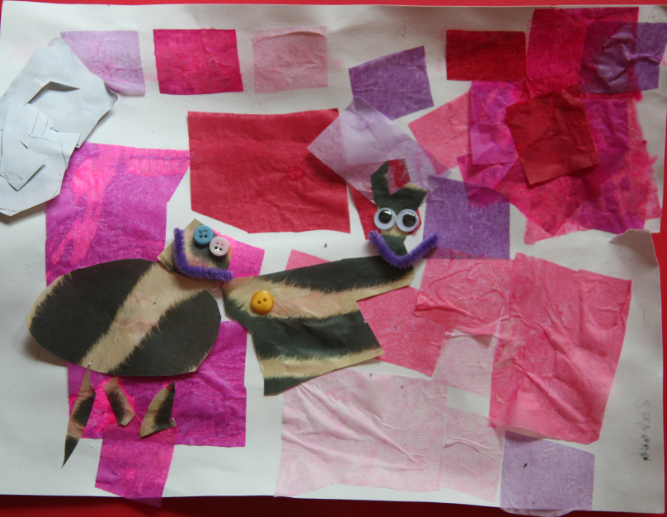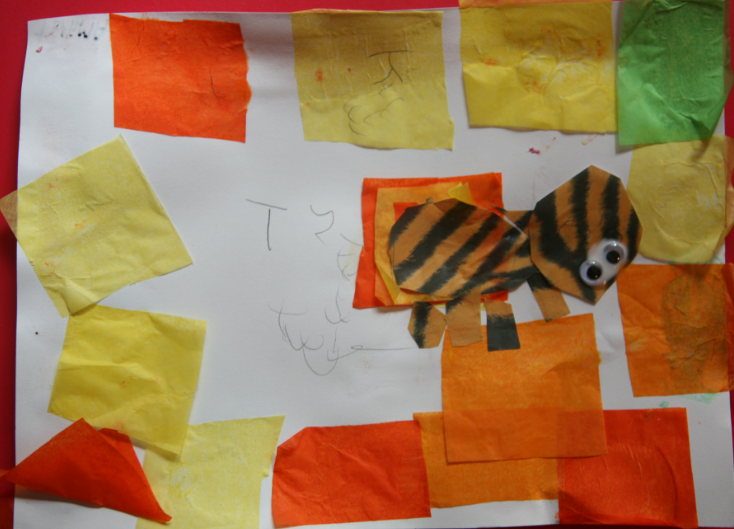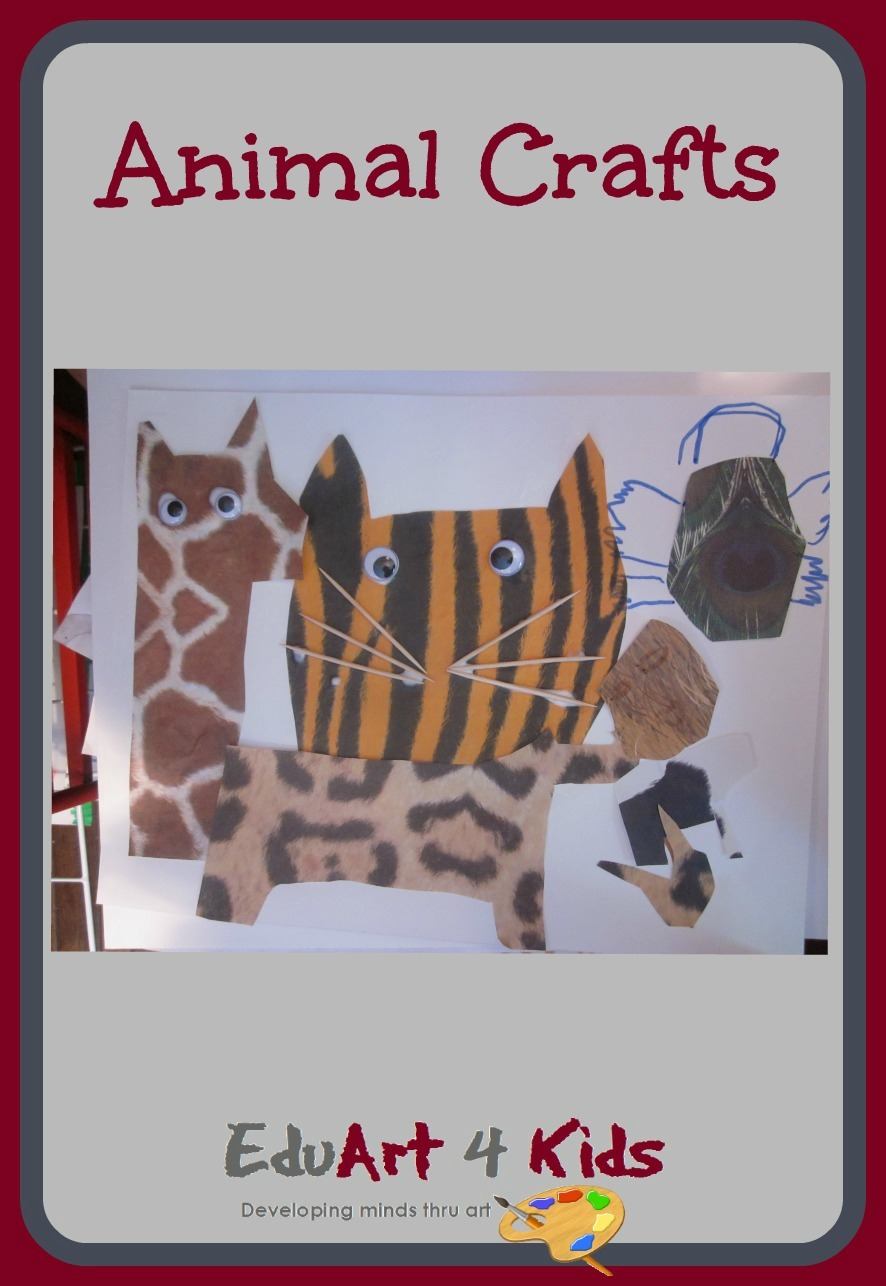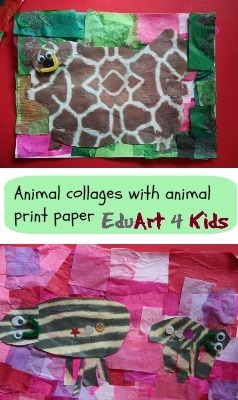When it comes to crafting with kids, animal crafts are a perennial favorite. But rather than relying on the typical paper plate projects that flood the internet, I like to offer children the opportunity to explore their creativity in more meaningful ways. In this post, I’ll share some of my favorite animal craft ideas that go beyond the basics, encouraging children to think critically and express their own ideas according to their developmental levels.
1. Exploring Animal Crafts with Clay Sculptures
Why Clay Animal Sculptures?
One of the most rewarding ways to engage children in animal crafts is through clay modeling. Unlike cookie-cutter crafts, clay allows kids to create three-dimensional representations of animals, giving them a hands-on experience that enhances their understanding of form and texture. This method is not just about crafting; it’s about learning to observe and recreate the natural world in a tactile, interactive way.
It is important though to know how to guide and not to expect very young children to be able to create what older children can. Below is an image of a bird in a nest with a baby. That was created by a first grader but, it is pretty unusual and most kids that age don't create like that.
Here are some pictures of animals created by children in the fourth-fifth grade age group.
Creating Dioramas with Polymer Clay Animals
Another fantastic project is to have children create dioramas that depict various animal habitats. These dioramas can be simple or complex, depending on the age and skill level of the children. Using polymer clay, kids can sculpt animals to populate their diorama scenes, making the project both educational and imaginative.
Whether it's a zoo, farm, jungle, or underwater scene, dioramas allow children to explore different ecosystems and the animals that inhabit them. This activity can be particularly engaging after a trip to a zoo or farm, where the children can recreate what they’ve seen.
2. Using Animal Print Origami Papers for Mini Murals
The Magic of Animal Print Papers
Another creative approach is to use Animal Print Origami Papers to create small, individual animal murals. These papers offer a unique way to bring the illusion of animal textures into the craft, making the animals look more realistic and visually appealing.
Here is where you can get some of your own animal print papers
Tying Crafts to Real-Life Experiences
These mini murals work exceptionally well when tied to real-life experiences, such as a visit to a zoo or farm. However, if a trip isn’t feasible, providing plenty of pictures or videos can help spark the children’s imaginations. Show them various habitats like zoos, farms, jungles, and underwater scenes to inspire their creativity.
Planning and Creating the Animal Murals
Once the children have an idea of the animals and the scene they want to recreate, discuss the types of backgrounds needed. Whether it’s the zoo with its cages and children feeding the animals or the lush rolling hills of a farm with barns and animals (or jungles or undersea) the backgrounds can be a combination of painting and collage work.
Below are two collages I created in Canva to show the variety of images available in a zoo and farm. These pictures give inspiration to children without them having to copy any one of them.
Start by having the children paint the backgrounds, using colors that match the environment they’re trying to depict. Then, provide them with materials to add details—craft sticks for zoo cages, brown rectangles and green leaves for jungle trees, or farmhouse shapes for farm scenes.
Here are some samples of zoo pictures that the children created.
3. Encouraging Creative Freedom in Animal Crafts
Guiding Without Over-Directing
When it comes to creating the animals themselves, there are a couple of approaches you can take. You can give the children animal print papers, googly eyes, and scissors and let them create animals freely, or you can provide pictures and discuss how to recreate the animals. Either way, the goal is to encourage creativity rather than perfection.
I recall a time when a young boy wanted to make a giraffe. I simply asked him, “What does a giraffe have?” He responded with “a long neck,” and I encouraged him to create that. By asking guiding questions, he was able to think through the process and create a satisfying giraffe on his own. It’s important to remember that children don’t need to create perfect replicas—what matters is the creative process and the satisfaction they gain from it.
Crafting with Recycled Materials
If you enjoy working with recycled materials, this is a great opportunity to use them. You can provide the children with materials like seaweed-looking fabric for underwater scenes or old screen netting for zoo enclosures. The possibilities are endless, and using recycled materials adds an extra layer of creativity to the project.
4. Showcasing the Finished Animal Crafts
Reflecting on the Results
After the crafting is complete, it’s always fascinating to see the variety of results based on the children's ages and levels of experience. Younger children might have more abstract representations, while older children might create more detailed and realistic scenes.
Here are some other sample of animal crafts using the animal paper.
Regardless of the outcome, what’s important is that the children have the freedom to express themselves. The only guidance I recommend is helping them think through the process—what parts does the animal have, how do they fit together—and letting them take it from there.

